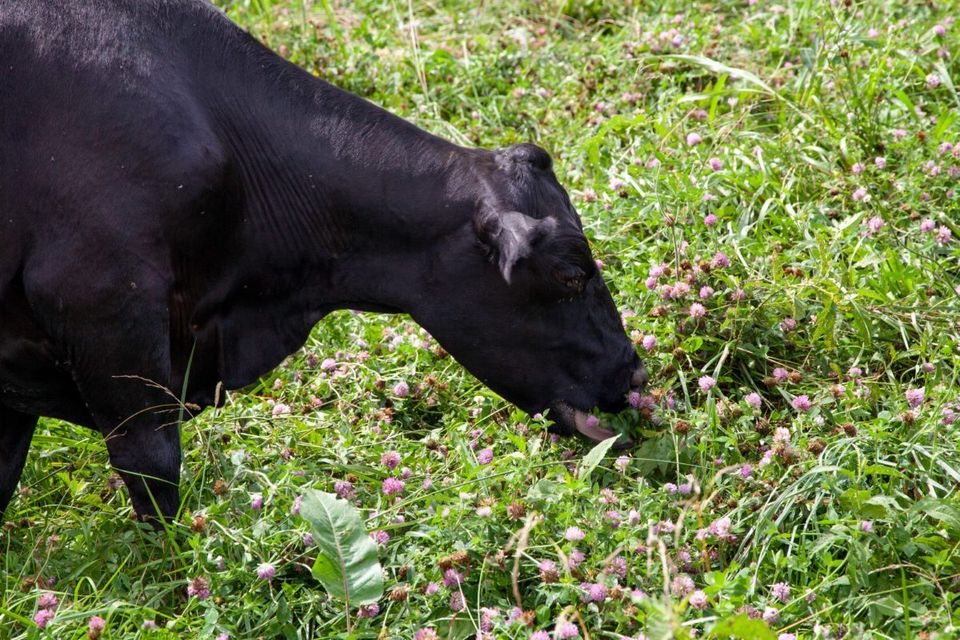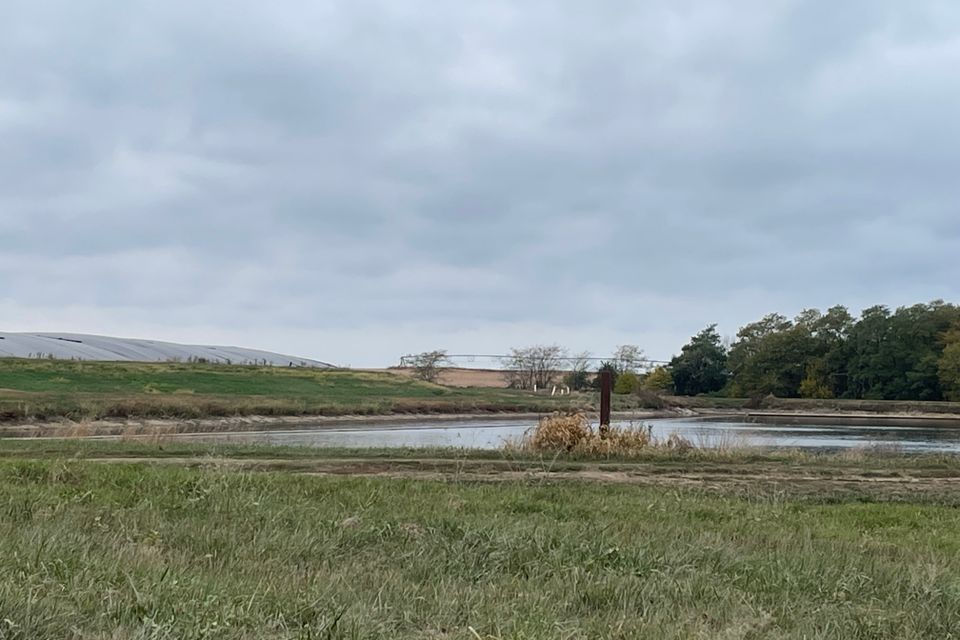
Regenerative Agriculture
Agriculture contributes almost $100 billion annually to the state’s economy and provides a half-million jobs. But agriculture has strayed far from the bucolic image of the family farm lodged so pleasantly in our minds.
Industrial agriculture, recognizing the symbolic power of that image, has co-opted it, making “Save the family farm” their rallying cry. The implications for the environment are immense.
Today’s industrial agricultural enterprises are “consuming the ecological foundations that support agriculture itself,” through losses of healthy soil, nutrient and pesticide pollution, and declining reserves of groundwater.
Richard Manning, in Against the Grain, suggests that the Dead Zone in the Gulf of Mexico, blotting out life in what was formerly one of the continent’s most productive fishing regions, means a “high quality source of low-cost protein is being sacrificed so that a source of low-quality, high-input subsidized protein can blanket the Midwest.”
Big Ag profits, he claims, largely by “squeezing farmers” and “offloading the costs of the ecological degradation they cause onto communities and the taxpayer.”
Big Ag does not necessarily represent the future of agriculture. In fact, it offers a poor choice for a sustainable future. Missouri, like most agricultural states, needs to make big investments in regenerative agriculture — strategies that will build healthy soils, conserve water, and restore biodiversity, all while allowing farmers to make a decent living.
Rob Myers, Director of Missouri’s Center for Regenerative Agriculture, says regenerative practices are catching on in the state, especially cover crops, which are planted between rotations of the cash crops like corn and soybeans. Cover crops are now used on about a million acres of Missouri cropland — 10 percent of the total cropped acres.
Cover crops such as rye, clover, hairy vetch, radishes and turnips not only reduce soil erosion, but also help control weeds. As cover plants are turned under and decay, they provide food for beneficial soil microbes and create air pockets to aid water infiltration. Growing a wider variety of crops requires more labor and management, but is balanced out by higher productivity and reduced expenditures on agrichemicals.
There is also more interest these days in returning biodiversity to farms — not only multiple crops — but by putting animals and plants on the same land, “a little like the buffalo on the prairies,” Myers suggests. Cover crops like cowpeas, millet and sorghum, often planted together, can be grazed part of the year.
Grazers, and their wastes improve the diversity of biological life in the soil, making it even better for growing plants.
Industrial agriculture, recognizing the symbolic power of that image, has co-opted it, making “Save the family farm” their rallying cry. The implications for the environment are immense.
Today’s industrial agricultural enterprises are “consuming the ecological foundations that support agriculture itself,” through losses of healthy soil, nutrient and pesticide pollution, and declining reserves of groundwater.
Richard Manning, in Against the Grain, suggests that the Dead Zone in the Gulf of Mexico, blotting out life in what was formerly one of the continent’s most productive fishing regions, means a “high quality source of low-cost protein is being sacrificed so that a source of low-quality, high-input subsidized protein can blanket the Midwest.”
Big Ag profits, he claims, largely by “squeezing farmers” and “offloading the costs of the ecological degradation they cause onto communities and the taxpayer.”
Big Ag does not necessarily represent the future of agriculture. In fact, it offers a poor choice for a sustainable future. Missouri, like most agricultural states, needs to make big investments in regenerative agriculture — strategies that will build healthy soils, conserve water, and restore biodiversity, all while allowing farmers to make a decent living.
Rob Myers, Director of Missouri’s Center for Regenerative Agriculture, says regenerative practices are catching on in the state, especially cover crops, which are planted between rotations of the cash crops like corn and soybeans. Cover crops are now used on about a million acres of Missouri cropland — 10 percent of the total cropped acres.
Cover crops such as rye, clover, hairy vetch, radishes and turnips not only reduce soil erosion, but also help control weeds. As cover plants are turned under and decay, they provide food for beneficial soil microbes and create air pockets to aid water infiltration. Growing a wider variety of crops requires more labor and management, but is balanced out by higher productivity and reduced expenditures on agrichemicals.
There is also more interest these days in returning biodiversity to farms — not only multiple crops — but by putting animals and plants on the same land, “a little like the buffalo on the prairies,” Myers suggests. Cover crops like cowpeas, millet and sorghum, often planted together, can be grazed part of the year.
Grazers, and their wastes improve the diversity of biological life in the soil, making it even better for growing plants.
